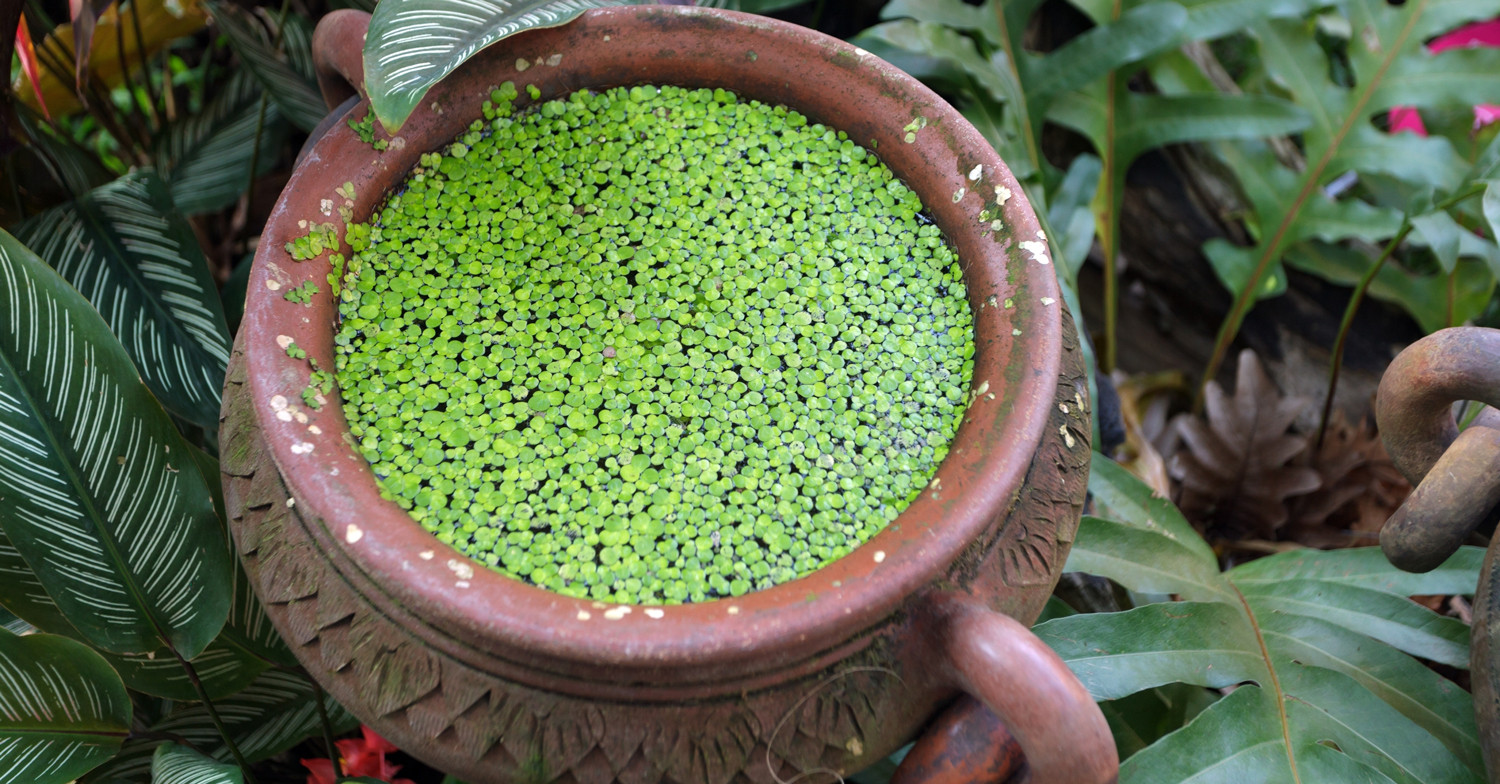
What the Heck is Duckweed?
Interest in plant based proteins is on the rise! This is due to a variety of factors including sustainability. One of the reasons I wrote my book The Need for Seeds was based on questions from clients, colleagues and friends about plant based foods and more specifically plant based proteins. Eating the right amount of high quality protein consistently throughout the day is essential to building muscle mass and keeping you energized, which can help you lose and maintain weight. Animal, marine and dairy choices tend to be the most complete sources of protein, however more and more plant based proteins are surfacing from unexpected places. Let me introduce you to duckweed!
What is it?
Duckweed is a recent novel protein to surface in the European and North American marketplace. It’s an aquatic plant that flowers and has been consumed in East Asia for generations. It’s also known as water len, and is part of the Lemnaceae family. It is found in wetlands and in fresh water areas, multiplies in mass over a few days, has a mild flavour and a number of varieties are showing promise as plant based protein alternative for food applications (1-2).
Nutrition and Potential Health Benefits of Duckweed
There isn’t much scientific research about the relationship of the consumption of duckweed and human health. Therefore, further investigation and studies are needed. What we do know is duckweed is high in protein, is a source of omega-3 fats, and contains vitamins and minerals including the fat soluble A, E, and K, plus selenium, zinc and iron (3).
Protein
Approximately 20 to 35% of duckweed’s dry weight is protein and it has a balanced amino acid profile (3). Protein promotes immune, skin and fitness health. With duckweed’s protein content and sustainable production, it not only has great potential as an ingredient option in the retail food supply, but it could be an important intervention to treat the world’s hunger crisis. As we know, protein needs are hard to meet for those living in mild to severe poverty (3).
Omega-3 Fats
Depending on the variety of duckweed, the polyunsaturated fats range from 48 to 71%. Typically there is a 2:1 ratio of omega 3 to omega 6 in the average duckweed (3). The main omega-3 fats include alpha linolenic acid (ALA) and linoleic acid (LN) (4). The omega 6 found in duckweed is gamma-linoleic acid (GLA) which is also prevalent in hemp seeds. Due to the healthy fat content in duckweed, proposed health benefits include anti-inflammatory properties for arthritis and other inflammatory conditions (3). More research is needed to support the therapeutic use of duckweed for health related symptoms and conditions.
What’s Next?
Duckweed has promising health benefits. However, there is a lack of research on the use of duckweed to treat conditions and to prove its benefits. Conversely, the benefits of the nutrients that are available in duckweed are well known. Duckweed needs to be further researched to quantify the dose response relationship which will provide valuable information growers, producers, processors, health professionals and ultimately the consumer.
References
- Fernandez C. Would you eat pond weed? Protein-rich powder made from duckweed could help feed the world. 2015 Jul 14 [cited 2016 Oct 24].
- Menayang A. Duckweed: A promising new source of plant-based protein? Food Navigator USA. 2016 Sept 01 [cited 2016 Oct 24].
- Appenroth K et al. Nutritional Value of duckweeds (Lemnacea) as human food. Food Chemistry. epub 2016 Aug 29 ahead of 2017 Feb 15; 217:266-73. [cited 2016 Oct 24.]
- Yan Y et al. Survey of the total fatty acid and triacylglycerol composition and content of 30 duckweed species and cloning of a Δ6-desaturase responsible for the production of γ- linolenic and stearidonic acids in Lemna gibba. BMC Plant Biol.2013; 13(201):1-13.
Copyright © 2016 Jane Dummer | All Rights Reserved
